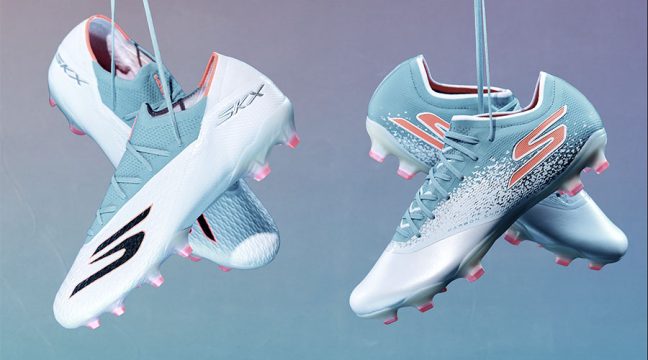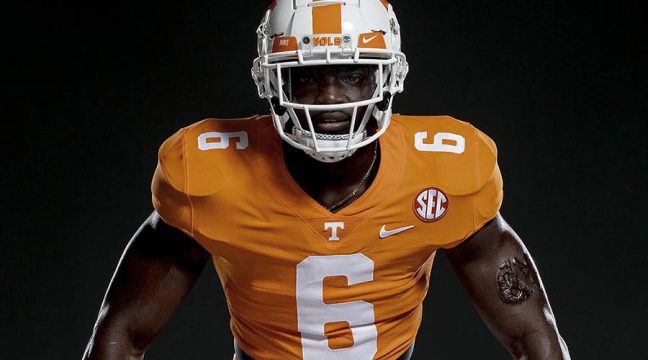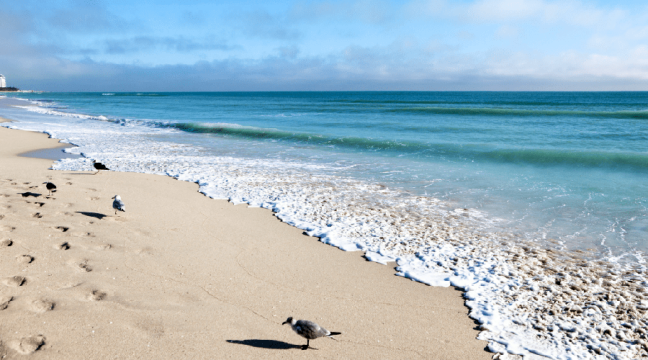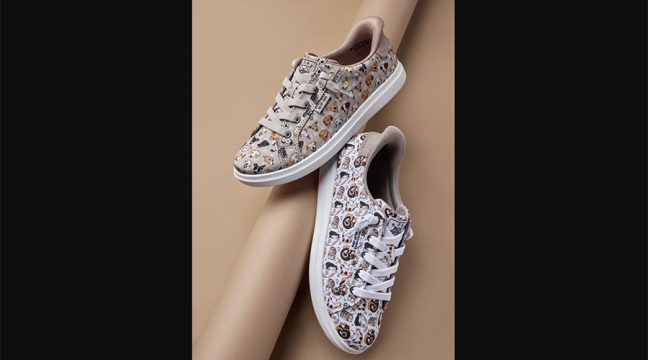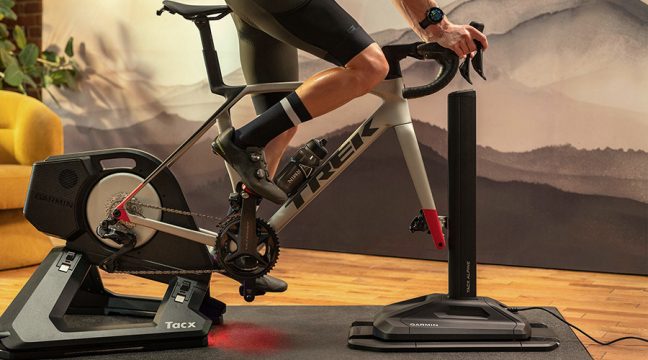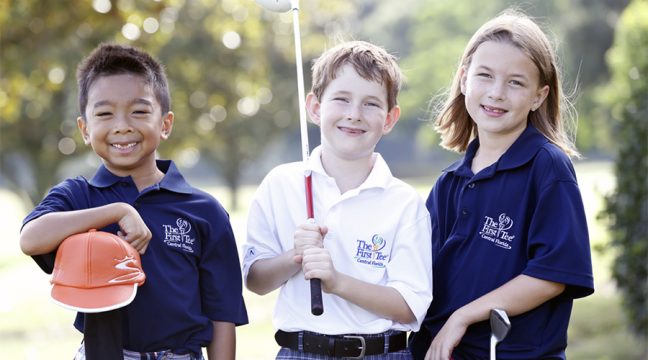Sales for the entire winter sport market, including specialty and chain stores, were up 1.9% in dollars to $2.25 billion for the August 2004 through March 2005 period, compared to $2.20 billion last year, according to the SIA Retail Audit. Unit sales were down 7.8%. Sales at chain stores were up 3.5% compared to last season to $509.5 million in sales compared to $492.2 million for the same period last season. Unit sales were down from last season 17.8%.
“Soaring ski system sales and modest snowboard apparel sales contributed to chain stores coming out slightly ahead this season over last,” said Christine Martinez, market research manager for SIA, the not-for-profit industry trade group that represents manufacturers and distributors of snow sports products. The SIA Retail Audit tracks and reports sales in all snow sports product categories. This is the final report of six that looks at sales through March 31, 2005, the end of the winter season.
Overall equipment sales (alpine, snowboard, Nordic, Telemark and Randonee/AT) were up 2% in dollars as compared to last season with season-to-date sales totaling $149.7 million. Alpine equipment sales (including skis, systems, boots, bindings and poles) were up 2% as compared to last season ending March 2005 with $72.5 million in sales.
Alpine skis, excluding integrated systems, fell 15% in dollars as integrated ski systems rose 30% in dollars over last season. This March, the average retail price for an integrated system was $323, up from $290 in March 2004. Add alpine skis to integrated ski systems and total ski dollar sales fell 0.4% this season.
Though still a small category, fat ski sales jumped 10% in dollars. Season-to-date average retail prices for carve skis moved from $215 last season to $292 this season. The result was a 45% jump in dollars. Leisure Trends Group has changed the carver max width definition to 69mm, reflecting the wider carver skis that are being produced.
From August March of this season, alpine boots picked up 12% in dollars thanks to higher retail prices this season over last. High performance boots performed well with $8.5 million in sales, an increase of 11% over last season. Recreation boots ($163 average retail) grew 42% in dollars while sport performance boots, 27% of all boot units sold this season, were up 8% in dollars. Junior boot sales sank 22%.
All stand-alone binding sales fell 13% in dollars over last season, with season-to-date sales reaching $7.8 million. In dollars, the DIN 8-11 category decreased 7%; DIN 12-14 slid 30%; and juniors were flat.
Alpine pole sales were down 10% over last season, reaching $3.6 million in season-to-date sales. Adult pole (down 10%) and junior pole (down 24%) sales contributed to the category performance.
Nordic ski equipment sales (including skis, boots, bindings and poles) dropped in March, down 22% in dollars over last season, totaling $6.0 million in season-to-date sales. Nordic skis, at a $109 average retail price, (down 20%), boots (down 33%) and poles (down 5%) all experienced losses in dollar sales over last season.
Telemark ski equipment (including skis, boots and bindings) dollars also showed a decrease, down 31%, ending March 2005 with $1.4 million in sales. Telemark ski, boot and binding sales fell 33%, 32% and 25%, respectively, this season over last.
Through March 2005, snowboard equipment sales were up 5% in dollars as compared to last season with total sales reaching $69.2 million.
Snowboard sales gained 3% over last season as average retail prices jumped. This March, the average retail selling price for a snowboard was $159, up from $137 in March 2004. Units of snowboard boots and bindings also fell; however, dollar sales managed small increases, 8% and 6%, respectively. All mountain boards, at an average retail price of $187, grew 12% in dollars while freestyle boards, at an average retail price of $236, jumped 5% in dollars. Freeride boards, accounting for 28% of all board units sold this season, managed a 5% gain in dollars. Season-to-date average retail price increased from $227 to $259.
Retailers did not have a lot of boards left over to sell this season as carryover snowboard sales declined 3% in dollars. Carryover boots and carryover bindings, however, managed to increase in sales, up 14% and 15%, respectively.
Snowboard apparel did manage to make some small gains in chain stores, up 8% over last season to $40.1 million. Women drove snowboard top sales with 24% dollar increases compared to the mens 8% dollar decrease. Snowboard bottoms were up 15% this season over last.
Chain store apparel sales rose 6% in dollars, with season-to-date sales reaching $199.8 million. The average retail price for an apparel item rose from $69 to $81 comparing this August March period to the same period last season.
Insulated parkas (up 5%), soft shell parkas (up 120%), fleece (up 30%), vests (up 83%) and soft shell waist pants (up 66%) all experienced dollar increases as compared to last season. Season-to-date, soft shell parkas accounted for 5% of all apparel top dollars sold. Apparel suits, bibs and sweaters did not fare as well, with sales down 47%, 24% and 19%, respectively.
Apparel accessories performed well, with $103.0 million in sales thus far this season, a 6% increase over last season. As in specialty stores, winter boots were again hot in the chain stores this season. Winter boots (up 93%) and base layer (up 23%) drove category dollar growth. Except for sunglasses (up 8% in dollars), auto racks (up 18% in dollars) and snowshoes (up 4% in dollars), most equipment accessory categories were down in the double digits. As a result, the equipment accessory category fell 5% behind last seasons dollars for the same period. Thanks in part to apparel accessories, the entire accessories category was up 2% in dollars with sales at $159.9 million through March 2005.

